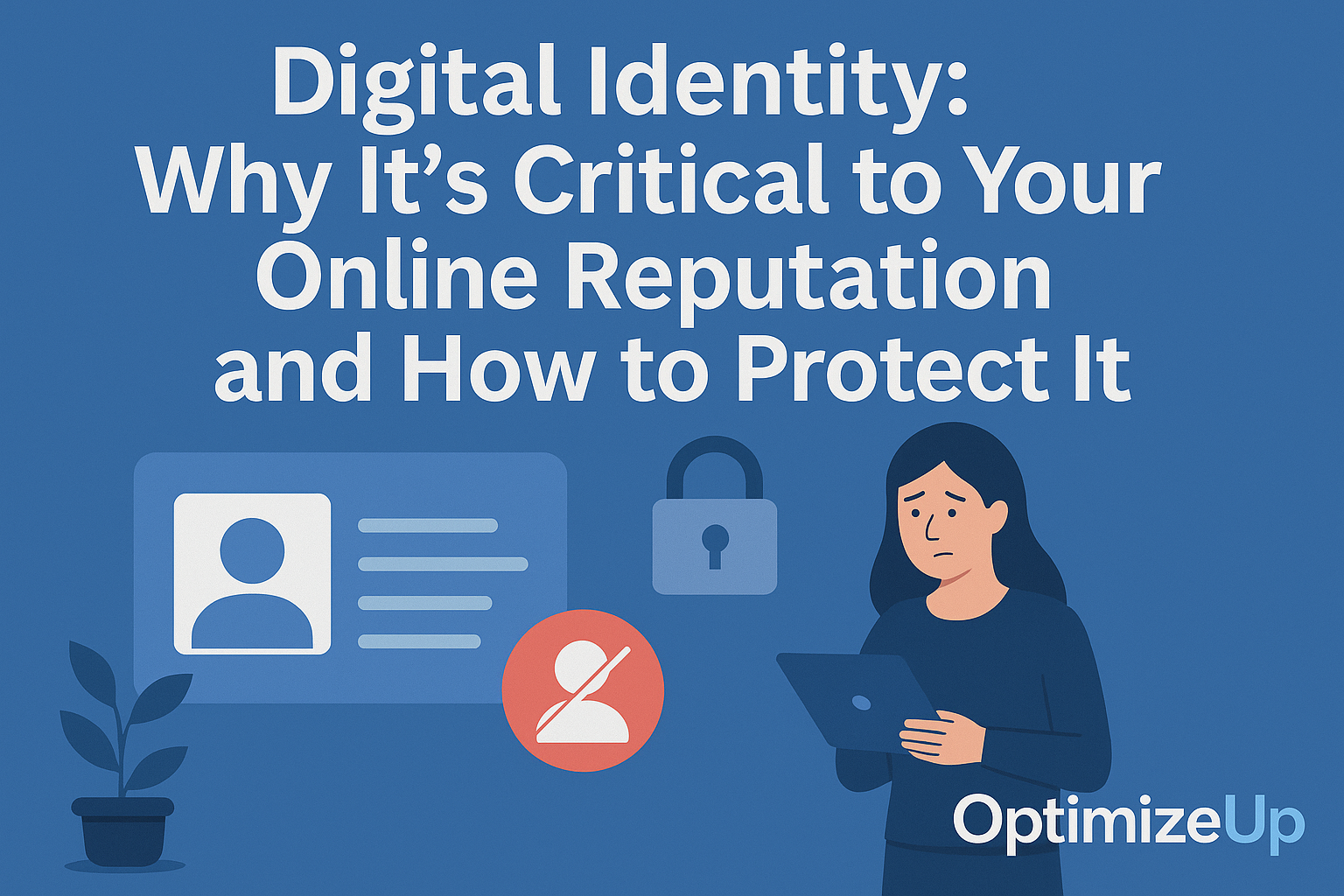Why Bad Reviews Matter More Than You Think
Negative reviews can be damaging, but they also offer insights that are often more valuable than praise. Whether on Google, Yelp, Amazon, or TripAdvisor, one-star feedback isn’t just criticism—it’s an opportunity.
The Impact of Bad Reviews
- Influence purchasing decisions: 82% of shoppers specifically seek out bad reviews to gauge credibility (PowerReviews Study).
- Affect local SEO: A few poor reviews can drag down star ratings and affect your visibility.
- Shape brand perception: Negative narratives stick longer in customers’ memories than positive ones.
- Drive operational change: Feedback highlights blind spots that leadership might miss.
The Psychology Behind Negative Feedback
Consumers write bad reviews to express frustration, seek justice, or warn others. Psychologically, venting in writing offers a sense of control, especially when they feel wronged. Understanding the emotional backdrop can help tailor your responses more effectively.
- Vocal minorities can dominate review sections
- Recency bias makes bad reviews more noticeable
- Negativity bias means customers remember the worst experiences longer
Common Types of Bad Reviews (with Examples)
Not all bad reviews are created equal. Understanding their structure helps you craft better responses.
1. The Angry Rant
“This is the worst restaurant I’ve ever been to. Waited 45 minutes, food was cold, and the server had an attitude. NEVER coming back!”
Key characteristics: Emotional, all-caps, exaggerated.
Best response tactic: Stay calm, acknowledge frustration, offer a resolution offline.
2. The Vague Complaint
“Not great. Didn’t like it.”
Key characteristics: Lacks detail, subjective.
Best response tactic: Request more information and express genuine interest in understanding the issue.
3. The Misplaced Review
“Your plumbing service was horrible! You broke my faucet.”
Key characteristics: Refers to a different business or location.
Best response tactic: Politely clarify the error and suggest removing or redirecting the review.
4. The Dishonest/Spam Review
“Terrible product. Also, check out this awesome supplement I found at [spammy link].”
Key characteristics: Off-topic, promotional, contains links.
Best response tactic: Flag for removal and report to the platform.
5. The Constructive Critique
“The haircut was decent, but the stylist seemed rushed. Receptionist was friendly though.”
Key characteristics: Balanced, honest, contains praise and criticism.
Best response tactic: Thank the reviewer and outline specific steps being taken to improve.
6. The Personal Attack
“Your manager is rude and clearly hates his job. Worst experience ever.”
Key characteristics: Targets an individual, emotional tone, potential HR issue.
Best response tactic: Defend staff professionally and offer to resolve the issue privately.
7. The Competitor Fake-Out
“This company is a total scam. You should go to XYZ instead.”
Key characteristics: Malicious, promotional of a competitor, fake claims.
Best response tactic: Document and report. If damage continues, legal action or reputation management services may be necessary.
How to Respond to Bad Reviews Professionally
Best Practices for Responses
- Respond promptly: A delayed reply suggests you don’t care.
- Personalize it: Use their name if available.
- Apologize when necessary: Even if you disagree, acknowledging their experience goes a long way.
- Take it offline: Provide contact info to resolve the issue more personally.
- Keep it brief but meaningful: Avoid defensive or long-winded explanations.
Example Response Template:
Hi [Name],
Thank you for your feedback. We're sorry to hear about your experience. Please contact us at [phone/email] so we can make things right. Your satisfaction matters to us.
- [Your Name], Customer RelationsAdvanced Response Strategies
- Empathize with their feelings: “We understand how frustrating that must have been.”
- Reframe the situation: Highlight your brand’s intent and care.
- Showcase policy clarity: “While we do have a strict return policy, we’d love to find a resolution.”
- Invite for a second chance: Offer discounts or freebies selectively.
When to Flag or Remove a Review
Sometimes, bad reviews cross the line. Most platforms allow you to report content that:
- Contains hate speech or harassment
- Is spammy or promotional
- Is clearly fake or off-topic
Links to Report Reviews:
Turning Negative Feedback Into Business Gold
Use It as a Training Tool
Share real review examples with staff to illustrate how small missteps can lead to big complaints. Role-play scenarios and responses.
Improve Processes
Track common complaints and fix the root causes—whether it’s long wait times, poor communication, or quality issues.
Showcase Improvements
Let customers know their voices matter by posting updates like:
“Thanks to customer feedback, we’ve updated our booking process to ensure shorter wait times!”
Encourage Honest Feedback
Reach out to customers post-purchase with surveys. This builds rapport and filters some complaints privately rather than publicly.
Turn Critics Into Advocates
Reaching out and resolving the issue well can sometimes lead to updated reviews, or even customers becoming long-term fans.
“They really listened to my concerns and went above and beyond. Updating to 5 stars.”
Tools to Help You Monitor and Manage Reviews
- Google Alerts: Monitor brand mentions
- Reputation management platforms: BirdEye, Trustpilot, and others
- Social listening tools: Brandwatch, Sprout Social
- CRM integration: Consolidate feedback in your customer database
How OptimizeUp Helps Neutralize Bad Reviews
When reviews get malicious, targeted, or unfair, basic responses may not be enough. At OptimizeUp, we offer advanced support:
- Review removal assistance: When reviews violate content policies
- Strategic response crafting: Tone-appropriate responses tailored to each platform
- Reputation repair campaigns: Push down damaging reviews with positive ones
- Crisis mitigation: Immediate support during PR challenges
- Ongoing monitoring: Be the first to know when a damaging review appears
Request your free review audit to get started.
FAQ: Handling Bad Reviews
Yes. A thoughtful response shows customers you value their feedback, even when it’s negative.
Only if they violate platform guidelines (hate speech, spam, fake info). Otherwise, focus on managing them strategically.
Yes, especially local SEO. A consistent stream of poor reviews can lower search rankings.
You can’t eliminate them entirely, but by providing stellar service, asking for feedback proactively, and resolving issues early, you can drastically reduce their frequency.
Yes. Public responses showing professionalism can improve your brand image. Also, updates to reviews after resolving issues can demonstrate strong customer care.
Document everything, flag the review, and consider legal recourse if necessary. Services like OptimizeUp can help you investigate and escalate.
MLA Citations
“2021 Consumer Review Survey.” PowerReviews, https://www.powerreviews.com/insights/2021-consumer-review-survey/. Accessed 13 May 2025.
“Google Review Policies.” Google Support, https://support.google.com/business/answer/4596773. Accessed 13 May 2025.
“Yelp Content Guidelines.” Yelp Support, https://www.yelp-support.com/article/Yelp-Content-Guidelines?l=en_US. Accessed 13 May 2025.
“Review Removal Process.” TripAdvisor Insights, https://www.tripadvisor.com/TripAdvisorInsights/w655. Accessed 13 May 2025.





